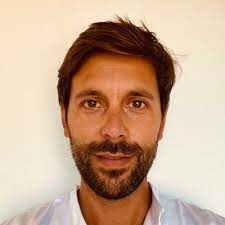Our Committees
Organising Committee:
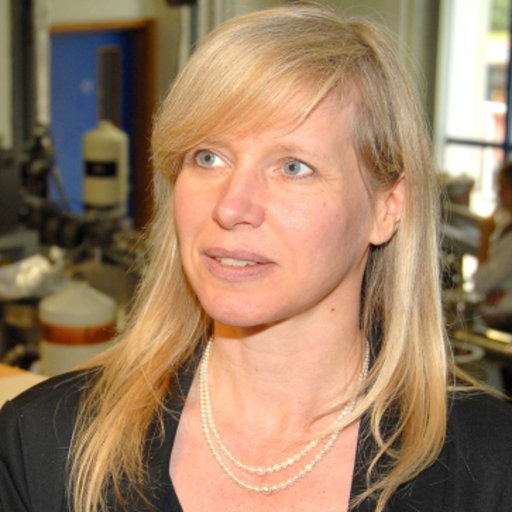
Karen Kirkby
University of Manchester and The Christie, UKCoordinator of INSPIRE
Professor Karen Kirkby was appointed to The Richard Rose Chair in Proton Therapy Physics in 2014, and leads the Manchester PBT Research Group. Karen has been involved in the study of ion beams for over 30 years.
Karen Kirkby
University of Manchester and The Christie, UKCoordinator of INSPIRE
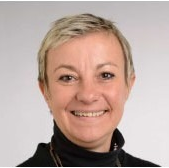
Marie-Catherine Vozenin
CHUV, SwitzerlandOrganizer of the 2nd FLASH Workshop
The research projects that I develop with my team aim at finding innovative tools able to protect normal tissue and enhance tumor control. In this context, we have developed a novel modality of radiation therapy called FLASH-Radiotherapy that minimizes normal tissue toxicity and eradicates tumors in various organs including the brain, lung and skin and in various species including mice, zebrafish, pigs and cats. Much of our recent work has focused on investigating the entirely different biological response induced after FLASH exposure. Importantly, we have worked to secure the translation of FLASH-RT into clinical trials for human patients with cancer.
Marie-Catherine Vozenin
CHUV, SwitzerlandOrganizer of the 2nd FLASH Workshop
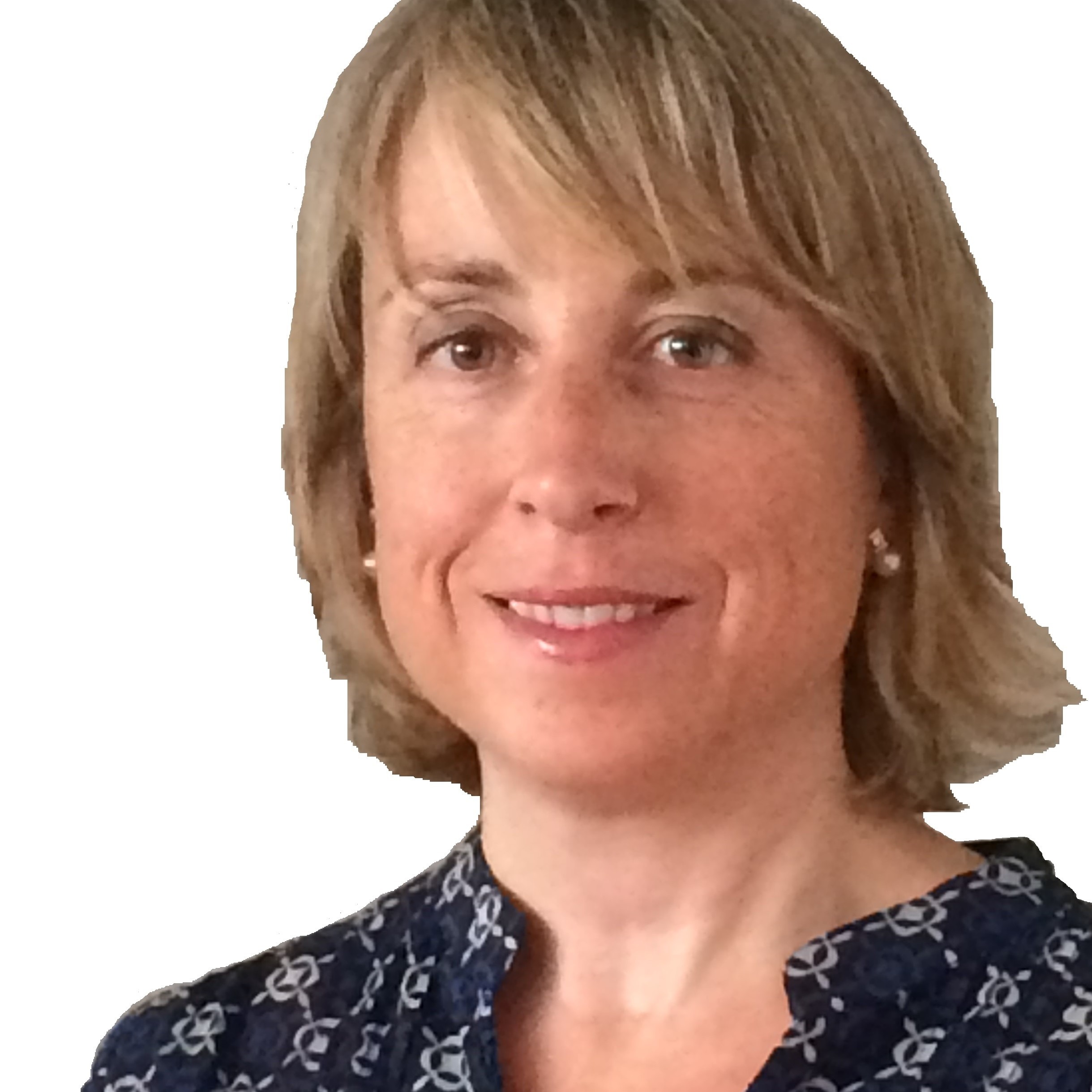
Núria Jornet Sala
Hospital de la Santa Creu i Sant Pau, SpainNúria Jornet Sala
Hospital de la Santa Creu i Sant Pau, Spain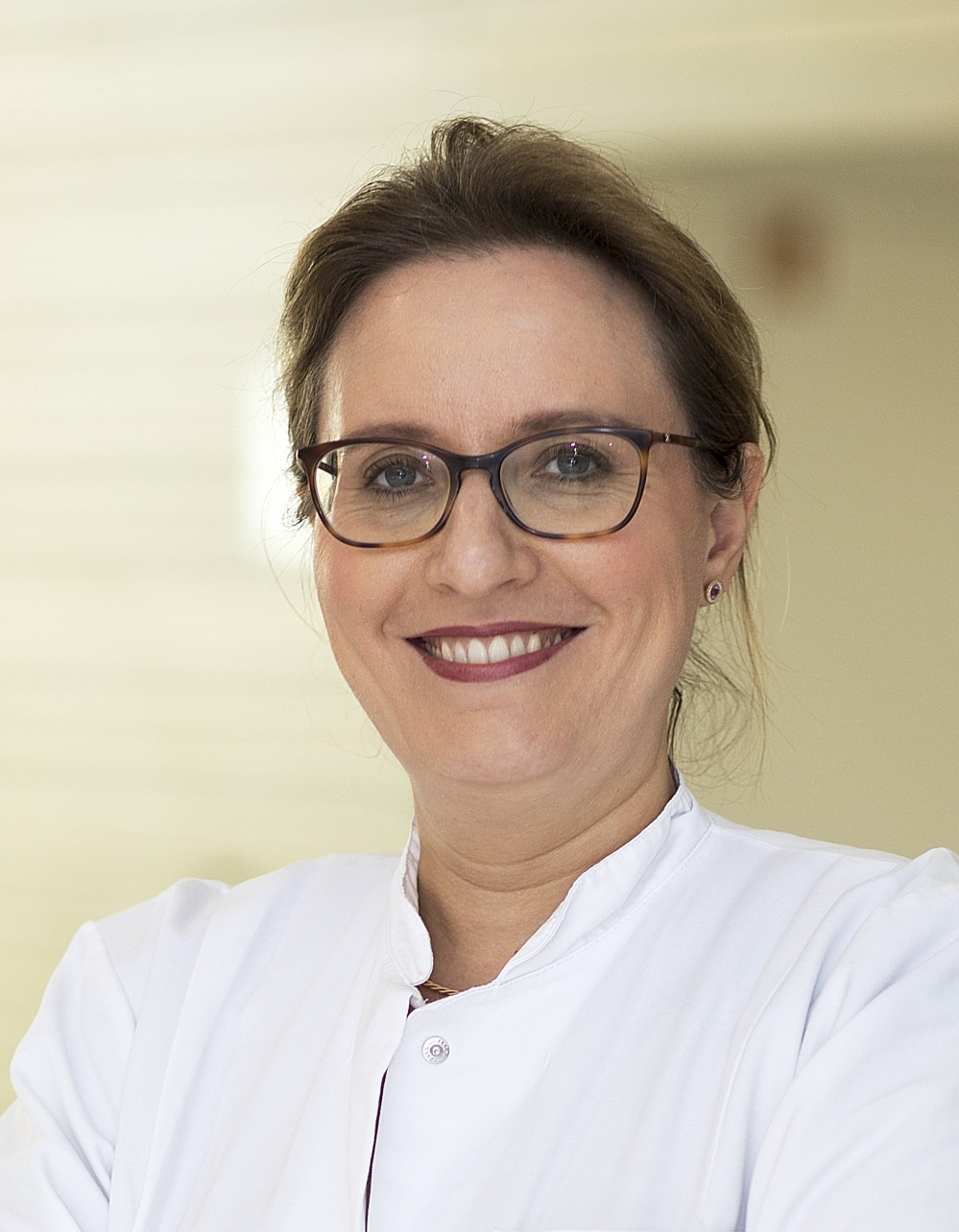
Stephanie Combs
Technical University of Munich, GermanyProfessor Combs (*1976) is a leading expert in the field of radiation oncology and radiation therapy. Her key expertise is highly conformal radiation therapy (stereotactic treatment, IMRT/IGRT/ART, protons and carbon ions). Her scientific work includes areas including treatment optimization for brain and skull base tumors, biomarkers in radiation oncology, pediatric oncology, gastrointestinal oncology, uro-oncology, gynecological oncology, radiochemotherapy and radioimmunotherapy.
Prof. Combs studied medicine in Heidelberg, and in Norfolk and San Antonio, USA. After her graduation and promotion 2003, she worked as research associate in Heidelberg. Following her postdoctoral lecture qualification 2009, she was promoted in 2011 to vice chair of the radiation oncology department in Heidelberg. 2014, Prof. Combs was appointed professor and chair of the TUM department of radiation oncology. In 2015, she also took over the institute of radiation medicine of the Helmholtz Zentrum. Since 2019, Prof. Combs heads the TUM senate.
Stephanie Combs
Technical University of Munich, GermanyScientific Committee:
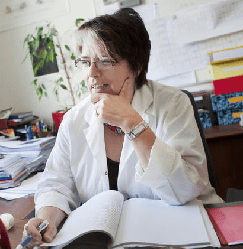
Marie Dutreix
Institut Curie, FranceOrganizer of the 1st FLASH Workshop
Marie Dutreix is a Biologist (Ph.D.), director of the laboratory at the Institut Curie, president of the “Société Française du Cancer” (2012-2017) and co-founder of the company “DNA Therapeutics” (bought by Onxeo in 2016). She is a specialist of genetic instability and biological effects of radiation. She developed new strategies to treat tumours resistant to radiotherapy/chemotherapy and discovered new DNA repair inhibitors (Dbait/AsiDNA). Her work extend from basic research on DNA repair mechanisms to clinical applications of the AsiDNA inhibitors and development of innovative protocols with the high-dose rate “FLASH” irradiation. She is co-director of the Institute of Nanotechnologies and Radiation based Therapies of the University Paris-Saclay, the GDR MI2B of CNRS, the Medico-scientific program of Institut Curie. She received numerous prizes the most recent being, the prize of the Academy of Science (2016). She was awarded “Chevalier de l’ordre National du Mérite” in 2013 and “Chevalier de l’ordre de la légion d’honneur” in 2017. 102 international publications, 12 patents.
Marie Dutreix
Institut Curie, FranceOrganizer of the 1st FLASH Workshop
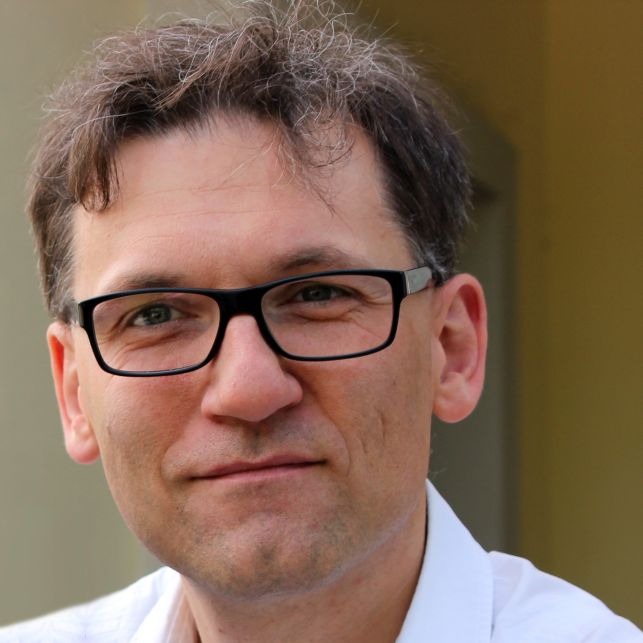
Andreas Schüller
PTB, GermanyCoordinator of UHDpulse
Dr. Andreas Schüller is an experimental physicist. He received 2010 his PhD from the Humboldt-Universität zu Berlin with a thesis on ion beam surface interaction. Since 2011 he works as a scientist in the working group “High-energy photon and electron radiation” of the department for “Dosimetry for radiation therapy and diagnostic radiology” of the Physikalisch-Technische Bundesanstalt in Braunschweig, the National Metrology Institute of Germany. He is the coordinator of the European Joint Research Project UHDpulse – Metrology for advanced radiotherapy using particle beams with ultra-high pulse dose rates. 44 international publications.
Andreas Schüller
PTB, GermanyCoordinator of UHDpulse

Ed Smith
The Christie, UKEd Smith
The Christie, UK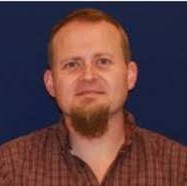
Claude Bailat
CHUV, UHDpulse, SwitzerlandClaude Bailat
CHUV, UHDpulse, Switzerland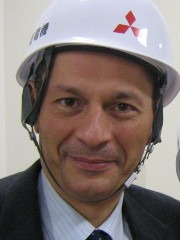
Marco Durante
GSI, GermanyCoordinator of International BioPhysics Collaboration
Prof. Dr. Marco Durante is Director of the Biophysics Department at GSI Helmholtz Center for Heavy Ion Research (Darmstadt, Germany) and Full Professor of Physics at the Technical University of Darmstadt. He is also Adjunct Professor of Physics at the University of Naples Federico II in Italy, and at the Gunma College of Medicine in Japan. Dr. Durante got his Ph.D. in physics in 1992 at the University Federico II and has worked as postdoc at the Lawrence Berkeley Laboratory (Berkeley, CA, USA), NASA Lyndon B. Johnson Space Center (Houston, TX, USA), and NIRS-QST (Chiba, Japan).
He is generally recognized as world leader in the field of particle radiobiology and medical physics and is co-author of over 400 papers in peer-reviewed scientific journals (h-index=50) and one patent on proton therapy (EU patent WO2013083333). He is currently chair of the ESA Life Sciences Advisory Group and of the ESA Topical Team on Space Radiation, vice-chair of the Particle Therapy Co-Operative Group (PTCOG), member of the technical-scientific Committee of the Italian Hadrontherapy Center (CNAO) and of the Program Advisory Committee of the GANIL (Caen, France), KVI (Groningen, The Netherlands), iThemba (South Africa), and Rez (Czech Republic) accelerators. Dr.
Durante was President of the International Association for Radiation Research (IARR) 2011-15, and is Associate Editor in several International scientific journals. He has received many grants to support his research, primarily by ESA, EU H2020, ERC, and BMBF.
Marco Durante
GSI, GermanyCoordinator of International BioPhysics Collaboration
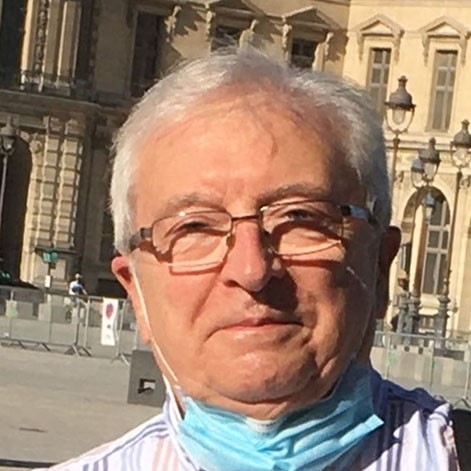
Vincent Favaudon
Institut Curie, FranceOrganizer of the 1st FLASH Workshop
Work Inserm U 1021-CNRS UMR 3347, Institut Curie, Building 110-112, Centre Universitaire, F-91405 Orsay (France). Tél. 33-(0)7-8532-7843 (vincent.favaudon@curie.fr).
Academic Degrees Higher Mathematics (Maths Sup) and Chemistry-Physics, Besançon University (1967). Masters: Biochemistry, University of Burgundy, Dijon (1968). Doctorate: National Museum of Natural History (Paris) & University of Burgundy (1970). PhD: Paris-VII University (1973), Kinetic studies of dismutation reactions of flavins in polar aprotic solvent; Magna cum laude with the congratulations of the jury
Appointments Teaching Assistant, Biochemistry Dept, University of Burgundy (1968-1969). Research Assistant, Laboratory of Biophysics, National Museum of Natural History, Paris. (1970-1977). Research Associate, Inserm U 219, Curie Institute, Orsay (1977-1991). Inserm Research Director (1988). Head of the Radiobiology Unit, Inserm U 350, Curie Institute, Orsay (1991-2003). Head of Inserm U 612, Curie Institute, Orsay (2004-2008). Emeritus Research Director, Inserm-Institut Curie (2010-Present).
Stays Abroad Post-doctoral fellowship, Fachbereich Biologie, Universität Konstanz, Germany (1974). Visiting Associate Professor of Pharmacology, Harvard Medical School, Dept of Pharmacology, Boston, USA (1983-1984).
Track record Spectroscopy, kinetics, thermodynamics. Haems & haemoproteins. Flavins & flavoproteins (1968-1977). Pulse radiolysis. Free radicals, oxygen activation. Structural biology (1975-19995). Antitumor drugs. Radiation biology. Experimental radiotherapy (1982-present).
Vincent Favaudon
Institut Curie, FranceOrganizer of the 1st FLASH Workshop
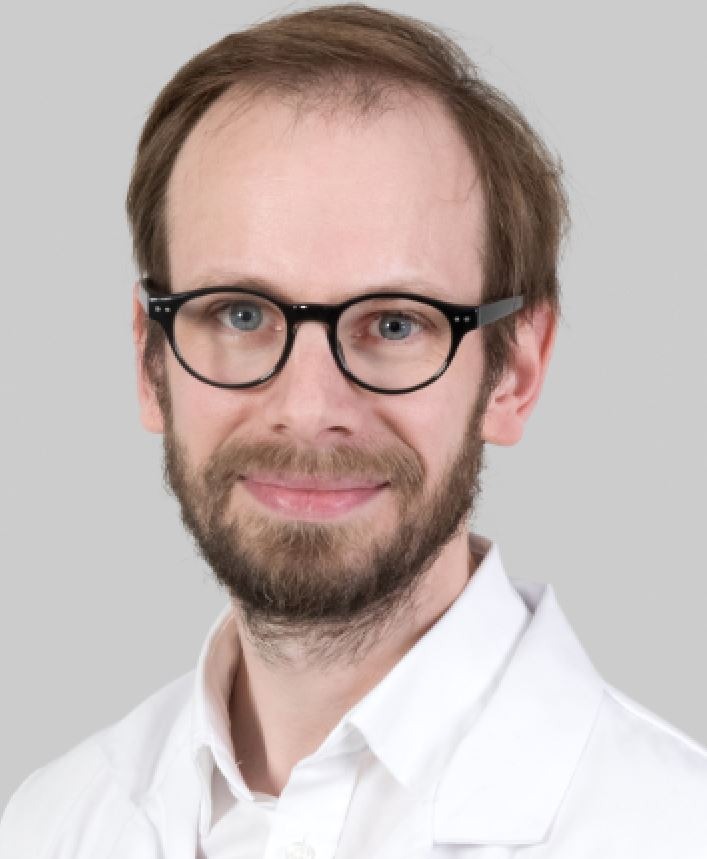
Charles Fouillade
Institut Curie, UHDpulse, FranceOrganizer of the 1st FLASH Workshop
Charles Fouillade is a radiation biologist studying the impact of radiotherapy on normal tissue. His work aims at i) deciphering the physiopathology of lung radiation toxicity and ii) understanding the molecular mechanisms of FLASH radiation therapy in the lung.
More info : http://orcid.org/0000-0003-2692-5645
Charles Fouillade
Institut Curie, UHDpulse, FranceOrganizer of the 1st FLASH Workshop
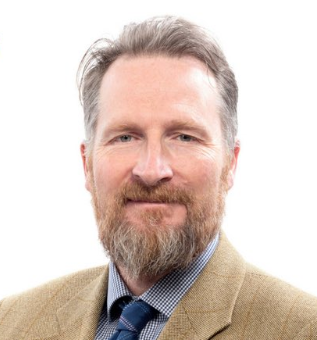
Ranald Mackay
The Christie, UKRanald Mackay
The Christie, UK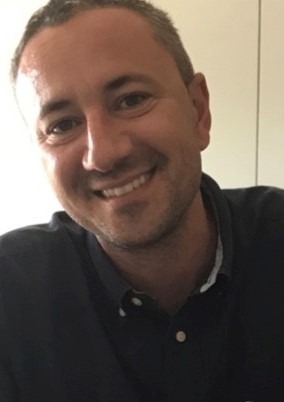
Francesco Romano
INFN, UHDpulse, ItalyDr Francesco Romano is Researcher at the Italian National Institute for Nuclear Physics. His expertise is on radiation dosimetry and Monte Carlo simulations for medical applications. His research activity is currently focused on ion beam microdosimetry and dosimetry for hadron therapy, FLASH radiotherapy and laser-driven ion beams. He is Honorary Lecturer at the Queen’s University of Belfast and University of Surrey in UK.
Francesco Romano
INFN, UHDpulse, Italy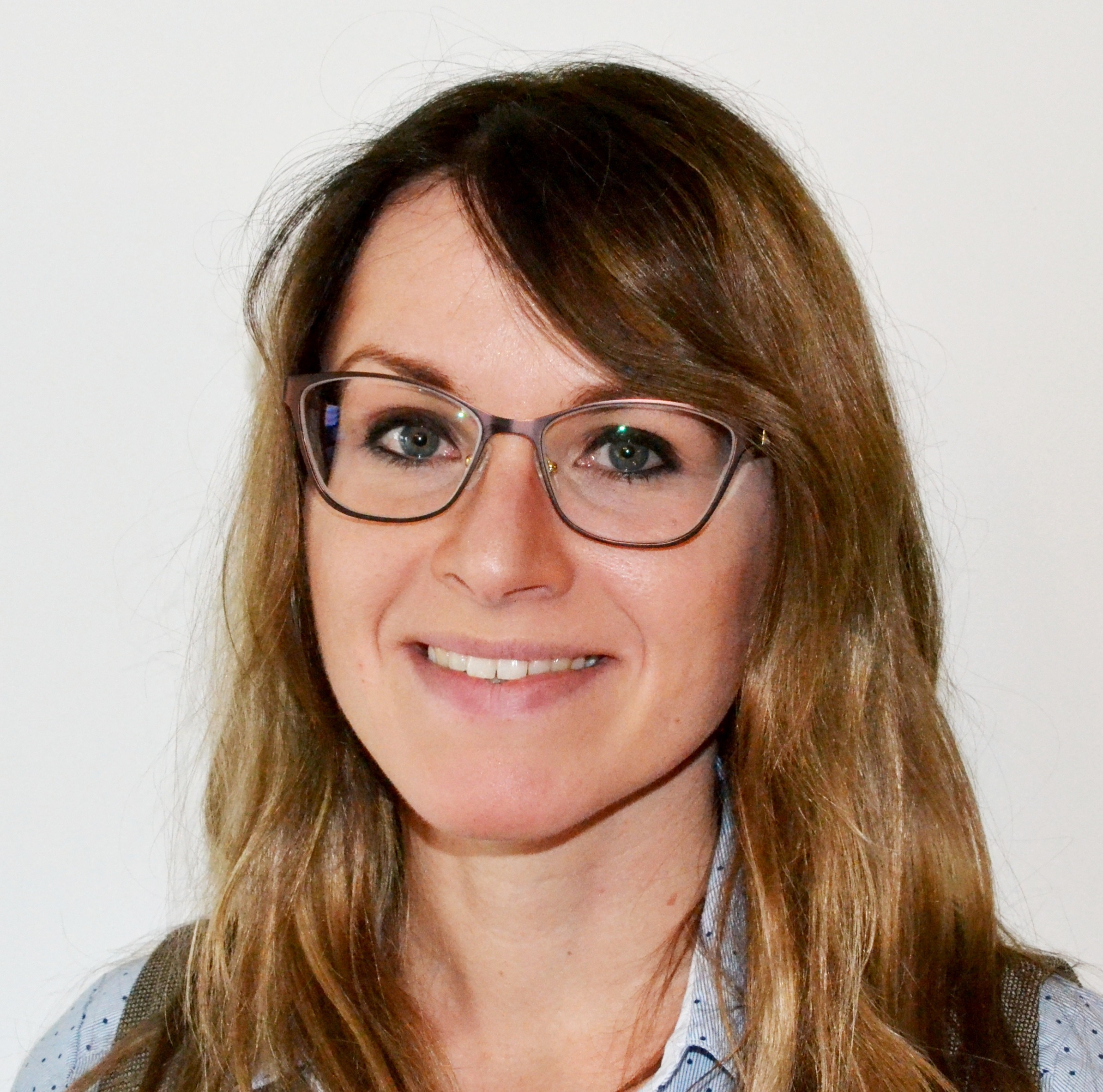
Anna Subiel
NPL, UHDpulse, UKDr Anna Subiel is Senior Research Scientist at the UK’s National Metrology Institute, National Physical Laboratory, carrying out research work in the area of radiation dosimetry. She is leading a number of research activities in the UK, including developments of metrology for advanced radiotherapy with ultra-high dose rates, which involve very high energy electrons, laser-driven beams and FLASH radiotherapy sources. She is also an Honorary Lecturer at UCL Research Department of Oncology.
Anna Subiel
NPL, UHDpulse, UK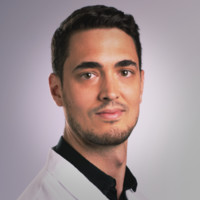
Pierre Montay-Gruel
University of Antwerp, CORE - AReRO - Radiation Oncology, BelgiumPierre Montay-Gruel
University of Antwerp, CORE - AReRO - Radiation Oncology, Belgium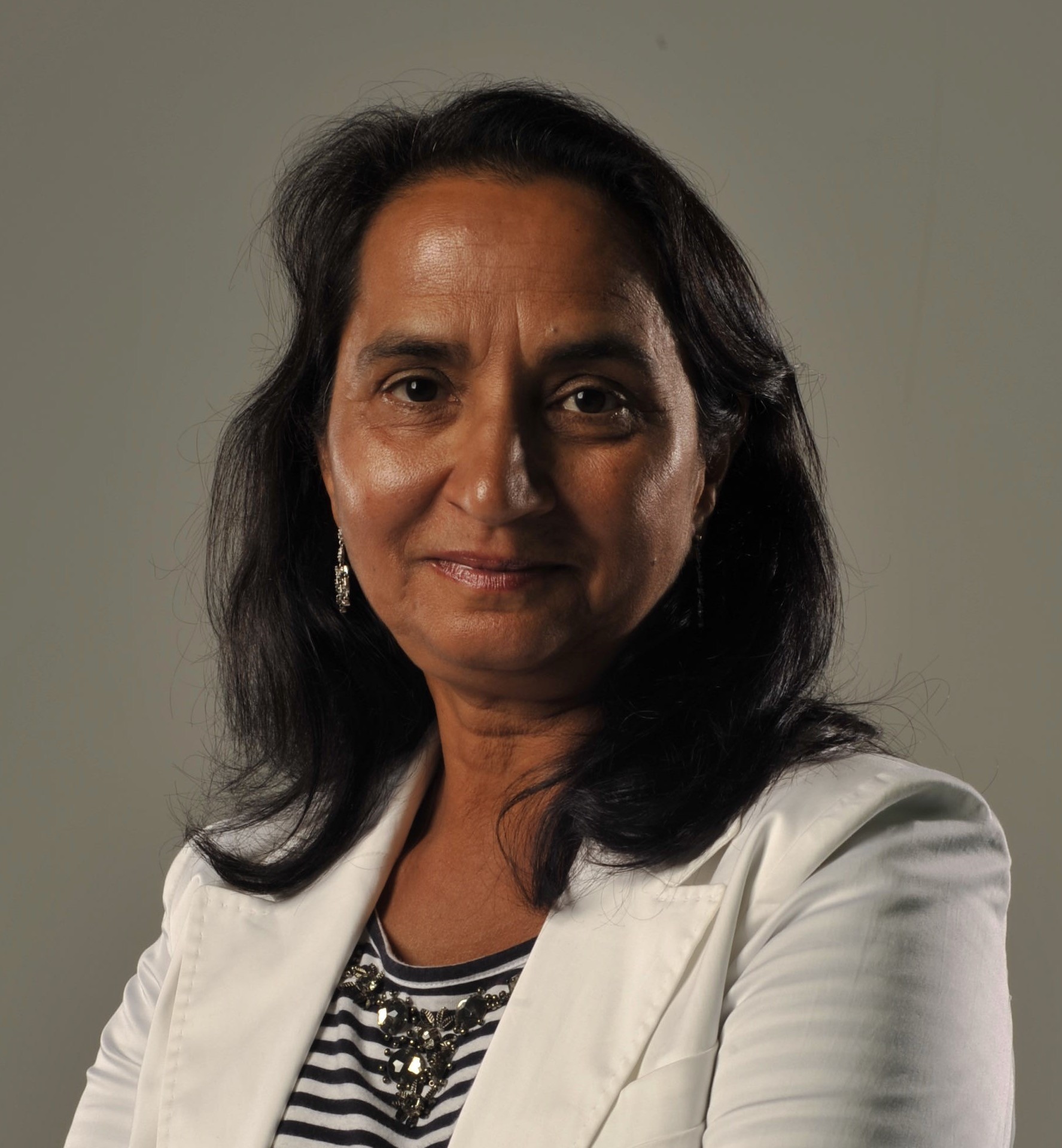
Manjit Dosanjh
CERN, SwitzerlandEuropean Organization for Nuclear Research (CERN), Switzerland University of Oxford, UK
Manjit Dosanjh is the Project Leader for STELLA (Smart Technologies to Extend Lives with Linear Accelerators), honorary CERN Staff, the particle physics laboratory in Geneva, Switzerland and Visiting Professor at the University of Oxford. She holds a PhD in Biochemical Engineering from the UK and her professional efforts in the fields of biology and the medical applications of physics span more than 30 years, during which she has held positions in various academic and research institutions in Europe and the U.S., including the Massachusetts Institute of Technology, the Lawrence Berkeley National Laboratory at the University of California, the European Commission Joint Research Centre in Italy. Dosanjh joined CERN in 1999 where she has worked to apply technologies originally developed for particle physics to the domain of life sciences, aiming to translate and transfer knowledge about physics to society at large. She is also actively involved in helping non-profit health, science education and gender related organisations in Geneva.
Manjit Dosanjh
CERN, Switzerland
Pedro Carlos Lara Jimenez
Universidad de Las Palmas de Gran Canaria, SpainPedro Carlos Lara Jimenez
Universidad de Las Palmas de Gran Canaria, Spain
Filipe A. Calvo Manuel
Clinica Universidad de Navara, SpainFilipe A. Calvo Manuel
Clinica Universidad de Navara, Spain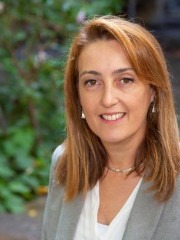
Yolanda Prezado
Institut Curie, FranceDr. Yolanda Prezado is the founder and responsible of the interdisciplinary team “New Approaches in Radiotherapy (NARA)” based at Institut Curie (France). The main research avenue of the team NARA is the conception and development of innovative methods based on the use of the spatial fractionation of the dose.
Yolanda Prezado is a board certified medical physicist (Spain,France) with a multisciplinary background. She has been developing her research in radiotherapy, first at Hospital Universitario de Salamanca (Spain), then at the Biomedical Beamline of the European Synchrotron Radiation facility (Grenoble, France) and, since 2011, at French National Research Centre. Her research interests include radiobiology, dose calculations (Monte Carlo simulations) and small field dosimetry. She is the Deputy Spokeperson of the International Biophysics Collaboration.
Yolanda Prezado
Institut Curie, France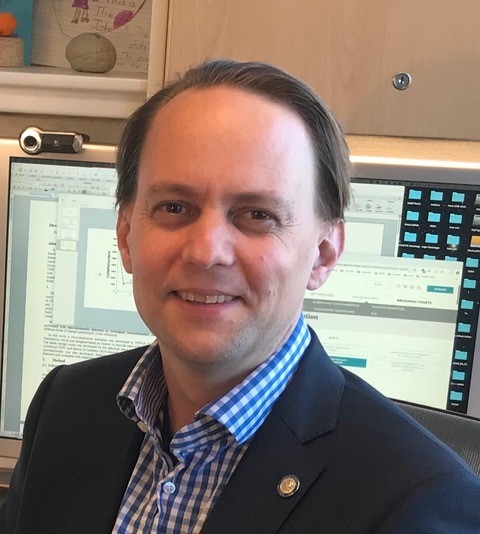
Jan Schuemann
Harvard Medical School, USADr. Jan Schuemann is an Associate Professor within the department of Radiation Oncology at Massachusetts General Hospital and Harvard Medical School. Dr. Schuemanm is the Head of the Multi-Scale Monte Carlo Modeling Lab. His research focuses on understanding radiobiology from first principles. He is the PI of the TOPAS-nBio project, a nanometer scale extension of TOPAS, that simulates the physical and chemical damage induction and following repair kinetics.
Dr. Schuemann’s lab applies mechanistic models in the design and analysis of our experiments. Currently, he leads the MGH efforts investigating the potential in vivo healthy tissue sparing effects for FLASH proton irradiations.
Jan Schuemann
Harvard Medical School, USAInternational Advisory Board:
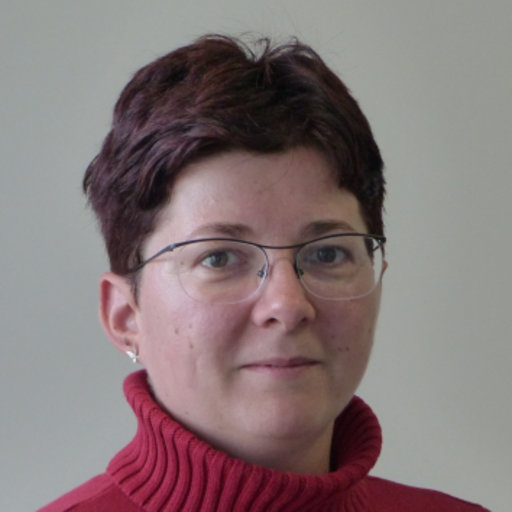
Elke Beyreuther
HZDR, GermanyDr. Elke Beyreuther finished her study on Applied Natural Sciences with a Diploma in 2005 and moved to Helmholtz-Zentrum Dresden-Rossendorf for PhD studies dealing with radiobiological cell studies at various radiation sources. After receiving her PhD in 2010 she became a scientist at HZDR/OncoRay focussing on small animal in vivo experiments with protons and on the investigation of radiobiological effects of ultra-high dose rates. This includes radiobiological studies at a clinical cyclotron as well as at different research accelerators and laser driven particle beams.
Elke Beyreuther
HZDR, Germany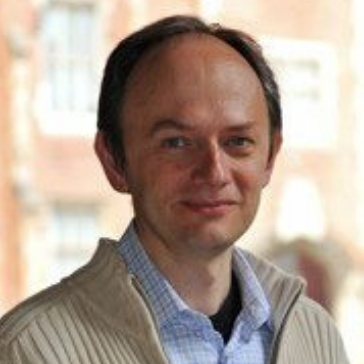
Marco Borghesi
Queen's University Belfast, UKMarco Borghesi is Professor of Plasma Physics at the Queen’s University of Belfast, where he is employed as an academic since 1999, and he is the director of the Centre for Plasma Physics since 2017. After undergraduate studies in Italy (Laurea in Physics at Pisa University, and PGDip in Optical Technologies at AILUN, Nuoro), he obtained a PhD in Plasma Physics at Imperial College London in 1998. His research interests lay in the area of intense laser-plasma interactions, with particular expertise in laser-driven acceleration of ion beams. He has led as PI large UK-wide EPSRC projects such as LIBRA (Basic Technology, 2007-12) and more recently A-SAIL (Programme Grant, 2013-20), aimed to the advancement of laser-ion acceleration towards future medical applications. Within these projects, he has provided key contributions to the development of innovative ion acceleration schemes, and of ultra-high dose-rate radiobiology applications employing laser-driven ions. He received in 2017 the APS John Dawson Award for Excellence in Plasma Physics Research for pioneering applications of proton radiography in high-energy density plasma.
Marco Borghesi
Queen's University Belfast, UK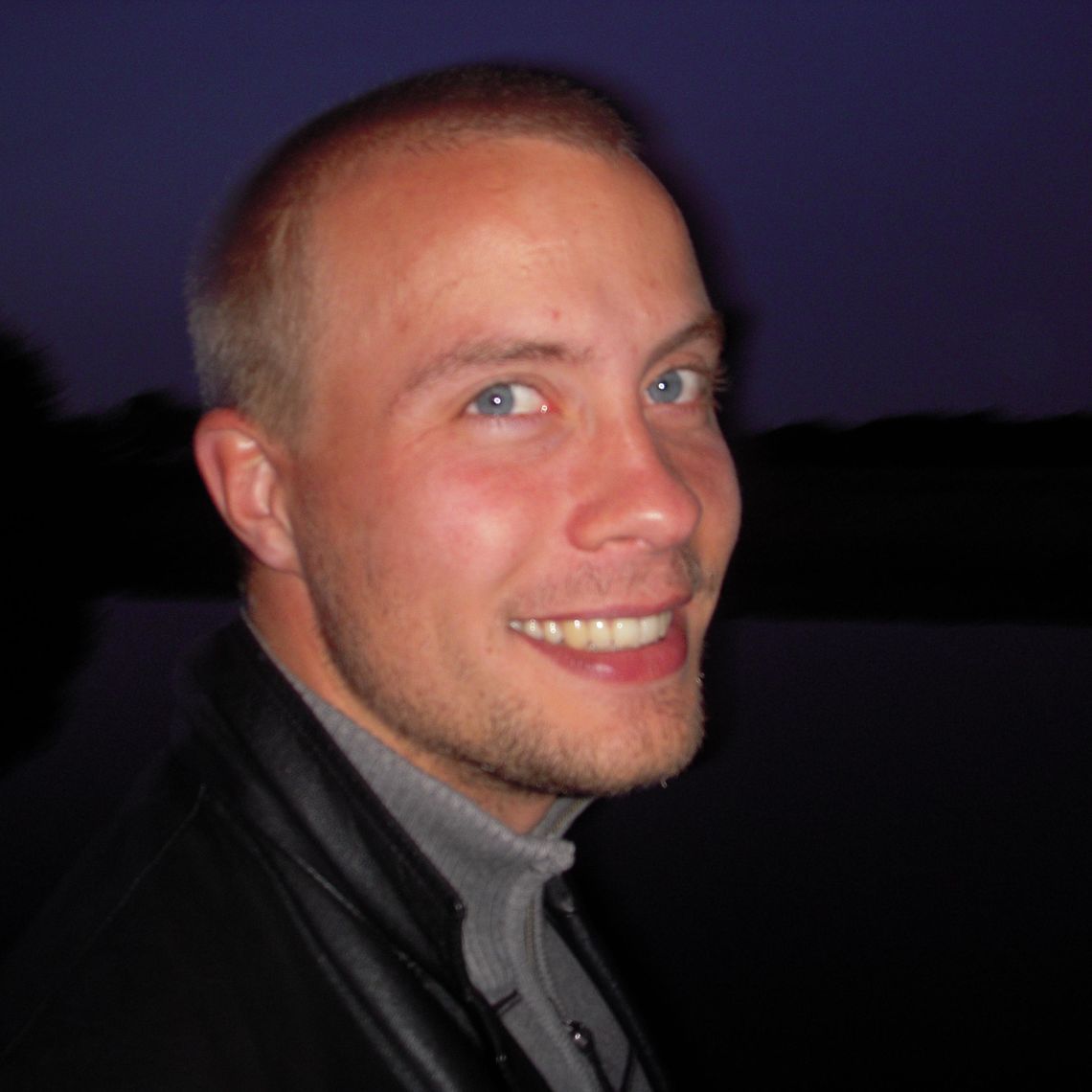
Kristoffer Petersson
University of Oxford, UKKristoffer Petersson
University of Oxford, UK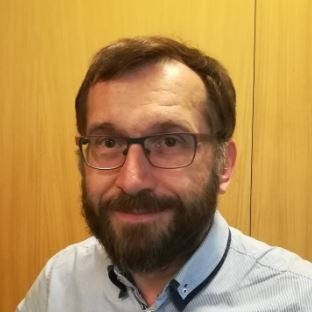
Rudi Labarbe
IBA, BelgiumSenior Research Scientist at IBA with over 20 years of experience in product development in multinational companies.
I graduated at the university of Liège in Belgium with a PhD in physical chemistry. I now work in the research group at IBA and I have a special interest for FLASH proton therapy. I manage different research collaborations in medical technology between IBA, universities and research institutions. I also act as a community co-manager of the open source software platform for proton therapy: https://openpath.software/
Rudi Labarbe
IBA, Belgium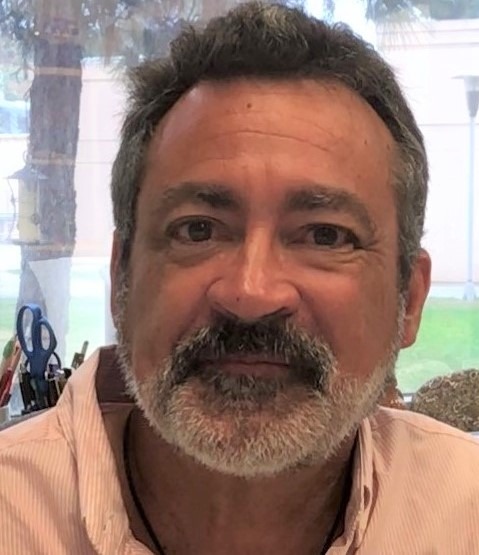
Charles Limoli
University of California, USAOne of the main goals of my research program is to advance FLASH radiotherapy from the bench to the clinic. To this end, we have been successful in obtaining NCI funding for a program project grant aimed to characterize this novel irradiation modality that challenges some of the most fundamental tenets in radiobiology. FLASH radiotherapy is able to achieve remarkable improvements in therapeutic gain through ultrahigh dose rate (≥ 100 Gy/s) delivery. My team that includes Marie-Catherine Vozenin at the CHUV in Switzerland, Bill Loo at Stanford University, Peter Maxim at Indiana University and Doug Spitz at the University of Iowa have generated data in support of several mechanisms, of which one involves a mechanism that minimizes radiation-induced oxygen toxicity and exploits the differential redox biology between tumors and normal tissue. While tumor cure is iso-efficient between FLASH and conventional dose rate modalities, FLASH induces transient and radioprotective hypoxia that affords significant sparing of normal tissue injury in the brain (and throughout all other organs analyzed). Collectively, my research strives to generate the requisite data necessary to facilitate the rapid implementation of this innovative irradiation platform, using both electron and X-ray beams, into the clinic.
Charles Limoli
University of California, USA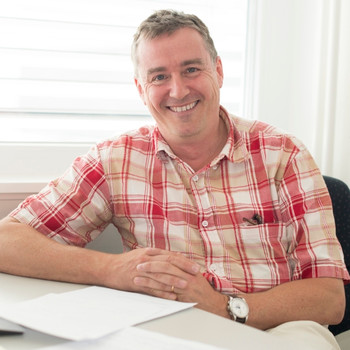
Tony Lomax
PSI, SwitzerlandTony Lomax
PSI, Switzerland
Alejandro Mazal
Quirónsalud Proton Therapy Center, SpainBorn in Argentina in 1958, close to Iguazu Falls, I first studied engineering followed by medical physics in Buenos Aires, where I have also worked at the National Academy of Medicine. In 1985 I moved to Paris. At the Universities of Toulouse and Paris I took a master and PhD degree in medical physics (dealing with stereotactic radiation therapy) and I then got a permanent position at Curie Institut under the direction of Jean Claude Rosenwald. In 1990 we started the protontherapy project in Orsay, where I was appointed as technical director covering the medical physics and engineering fields for about 8 years. I took some sabbaticals in US, at Indiana University Cyclotron Facility and at Massachusetts General Hospital & Harvard Medical School as invited scientist. In 2005 I have been in charge of the call for bids for the new protontherapy project in Orsay as the project director, in 2008 named head of medical physics at Curie Institute and in 2010 I have been elected as Chairman of the Particle Therapy Cooperative Group (PTCOG). In 2019 I moved to Madrid, as head of medical physics for the proton project of Quironsalud in Madrid, and in charge of R&D in medical Physics. We treat the first Spanish patient with protontherapy, and also the first in the Spanish speaking countries in the world, in December 2019.
Alejandro Mazal
Quirónsalud Proton Therapy Center, Spain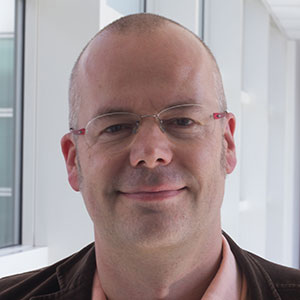
Hugo Palmans
MedAustron, AustriaHugo Palmans
MedAustron, Austria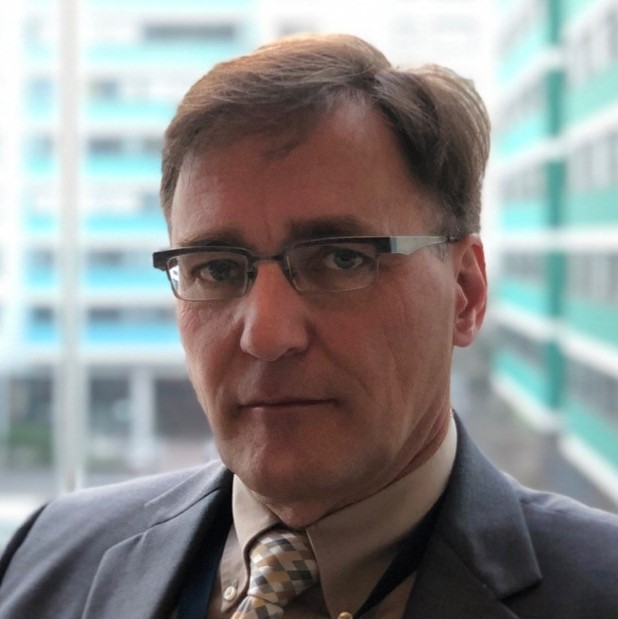
Harald Paganetti
Harvard Medical School, USADr. Harald Paganetti is the Director of Physics Research at the Department of Radiation Oncology at Massachusetts General Hospital and a Professor of Radiation Oncology at Harvard Medical School. He received his PhD in experimental nuclear physics in 1992 from the University of Bonn, Germany, and has been working in radiation therapy research on experimental as well as theoretical projects since 1994. He has authored and co-authored more than 250 peer-reviewed publications with an h-index of 66. He is renowned particularly for his work on proton therapy and has edited three books on Proton Therapy. His main interests are computer simulations and bio-mathematical modeling of physical and biological properties of radiation fields. Dr. Paganetti has been awarded numerous research grants from the National Cancer Institute. He serves on the editorial board of 'Physics in Medicine and Biology' and is a member of the National Council on Radiation Protection and Measurements (NCRP). Furthermore, he serves on various task groups and committees for associations such as the American Association of Physicists in Medicine (AAPM) and the American Society for Radiation Oncology (ASTRO). For example, he has been the Physics Track Chair for the annual ASTRO meeting from 2015-2018 and the Program Director for the annual AAPM meeting 2011-2012. In 2013 he was awarded the 'A. Clifford Barger Excellence in Mentoring Award' by the Harvard Medical School for his efforts to mentor junior researchers.
Harald Paganetti
Harvard Medical School, USA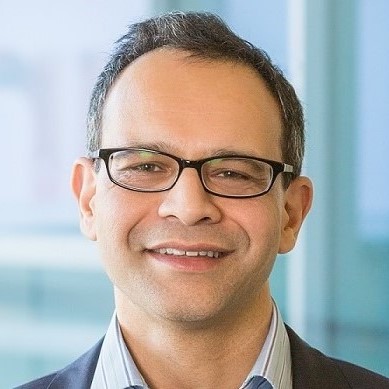
Ricky Sharma
Varian, USARicky Sharma is a physician scientist leader of medical research at Varian Medical Systems. In addition to his role as Vice President of Clinical Affairs at Varian, he is an Honorary Clinical Professor at University College London and an Honorary Consultant in Clinical Oncology at University College London Hospitals, where he is a clinical oncologist.
Over the past decade, Prof Sharma has led practice-changing international clinical trials and global initiatives to bring stakeholders together to improve combination treatments for patients with cancer.
Ricky Sharma
Varian, USA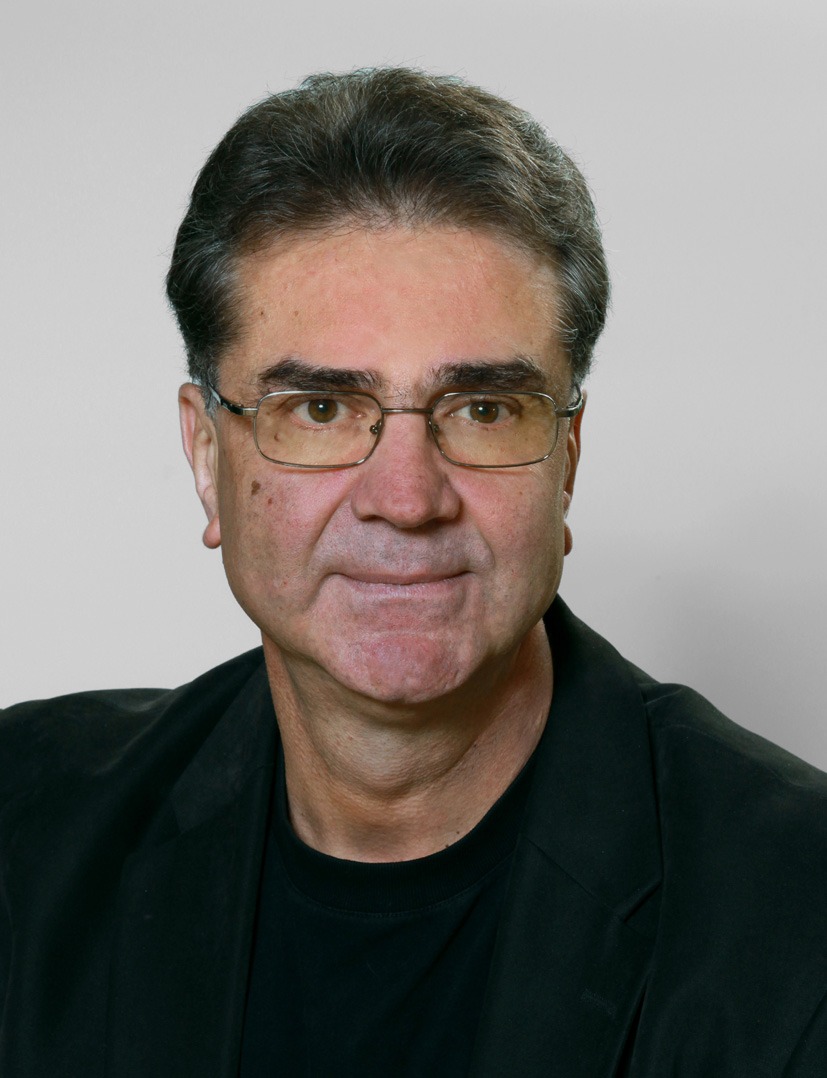
Valentin Djonov
Institute of Anatomy, Berne, SwitzerlandProf. Valentin Djonov, Chair Institute of Anatomy, Berne, Switzerland
Research interest: microbeam radiation therapy (MRT). MRT follows a different paradigm of radiation tissue interactions. In parallel to the excellent tumor control, normal tissues show a remarkably high tolerance to MRT.
Valentin Djonov
Institute of Anatomy, Berne, Switzerland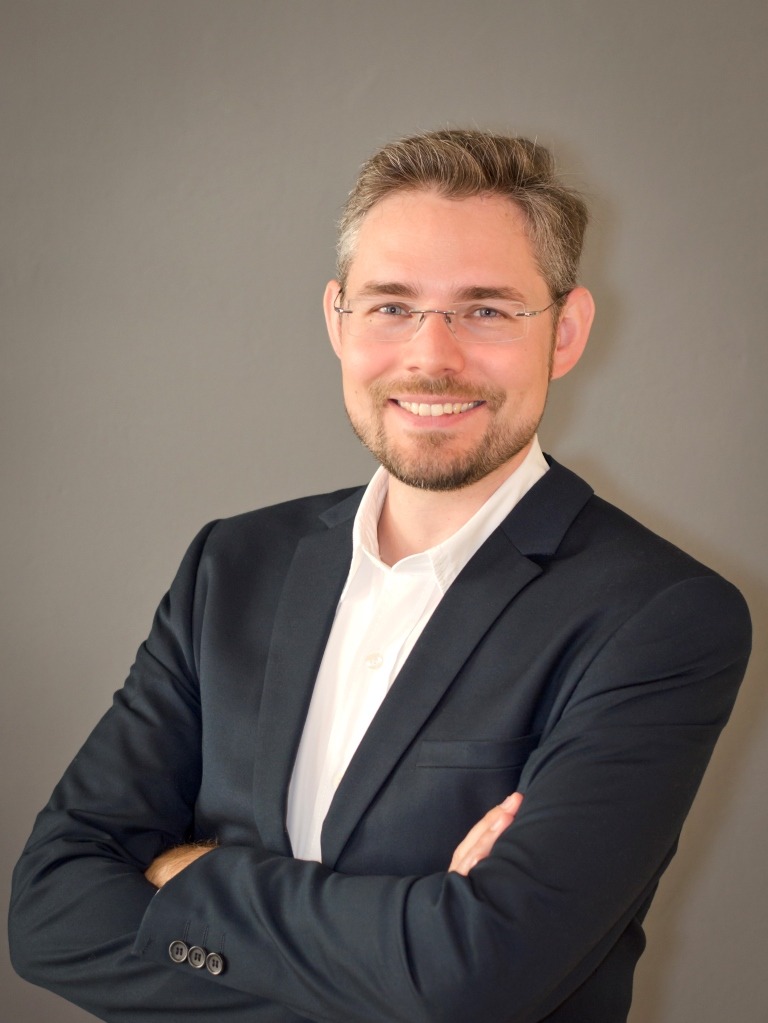
Claus Stefan Schmitzer
MedAustron, AustriaClaus Schmitzer is an accelerator technology engineer who was with the MedAustron project from very early stages on and accompanied the institution from architecture and layout phase up until successful patient treatment. He studied technical Physics at the Vienna University of Technology and graduated 2009 in experimental quantum optics. For his PhD he focused on plasma physics for ion source design in collaboration with CERN and spent 3 years working on Linac4 and SPL H- ion sources. In 2012 he joined the MedAustron project as a work package leader for the development and construction of synchrotron RF systems. Later he lead the Physics group including injector RF systems and ion sources. Since 2019 he supervises developments for all RF systems, vacuum systems, ion sources and beam instrumentation devices and represents MedAustron in several international collaborations.
Claus Stefan Schmitzer
MedAustron, Austria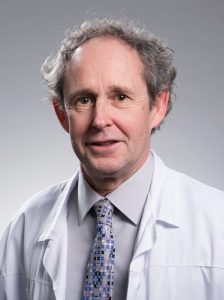
Jean Bourhis
CHUV, SwitzerlandPr. Bourhis has been Chairman of the Radiation Oncology at the Institute Gustave Roussy (Villejuif, France), one of the most prominent Cancer Center in Europe, and moved in 2012 to the CHUV as Head of Radiation Oncology.
His clinical activity is focused on Radiation Oncology Head and Neck cancers, he is chairman of the GORTEC, a cooperative group dedicated to Head and Neck Oncology.
Pr. Bourhis has been for 15 years also Director of a laboratory dedicated to Translational Research in Radiation Oncology. He authored more than 300 scientific papers.
Pr. Bourhis is also Past President of the European Society for Radiotherapy and Oncology (ESTRO), Past President of the ESTRO Cancer Foundation and currently serves as SASRO President.
Jean Bourhis
CHUV, Switzerland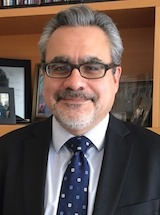
Constantinos Koumenis
University of Pennsylvania, USADr. Constantinos (Costas) Koumenis is currently the Richard Chamberlain Endowed Professor and Vice-Chair for Research, in the Department of Radiation Oncology at the University of Pennsylvania. He also serves as the Associate Director for Translational Research of the Abramson Comprehensive Cancer Center at the University of Pennsylvania.
Dr. Koumenis received his B.S degree in Pharmacy with honors from the Aristotle University of Thessaloniki, Greece and his Ph.D. degree in Biochemistry from the University of Houston, TX. He then trained as a postdoctoral fellow in Radiation and Tumor Biology at Stanford University. His first faculty appointment was at Wake Forest University School of Medicine and then moved to the University of Pennsylvania School in Philadelphia, as Associate Professor in 2006. For over 20 years, his scientific research interests have focused on the role of the tumor microenvironment on tumor progression, metastasis and resistance to therapy. He and his team have made seminal contributions to our understanding of the critical role for the Unfolded Protein Response (UPR) and Integrated Stress Response (ISR) in tumor progression and metastasis. He also leads efforts to develop novel mouse models for radiation therapy including FLASH proton therapy. He has published over 130 manuscripts in high-impact journals and he is currently the Principal Investigator or co-PI on multiple research and training grants form the National Institutes of Health, including a multi-institutional Program Project grant (P01) on Particle FLASH radiotherapy.
Constantinos Koumenis
University of Pennsylvania, USA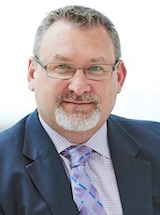
James M. Metz
University of Pennsylvania, USAUniversity of Pennsylvania, USA
Henry K. Pancoast Professor of Radiation Oncology
Active Physician, Penn Presbyterian Medical Center
Attending Physician, Hospital of the University of Pennsylvania
Associate Director for Clinical Service & Programs, Abramson Comprehensive Cancer Center, University of Pennsylvania
Vice Chair, Clinical Division, Department of Radiation Oncology, Hospital of the University of Pennsylvania
Executive Director, OncoLink, Abramson Comprehensive Cancer Center, University of Pennsylvania
Vice Chair, Department of Radiation Oncology, Hospital of the University of Pennsylvania
Chair, Radiation Oncology, University of Pennsylvania
Department: Radiation Oncology
James M. Metz
University of Pennsylvania, USA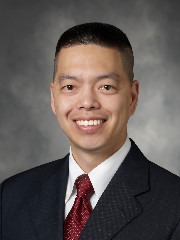
Billy Loo
Stanford University School of Medicine, USABilly W. Loo, Jr., M.D., Ph.D. is a Professor of Radiation Oncology, a member of the Molecular Imaging Program at Stanford (MIPS) in the Department of Radiology, and a member of the Stanford Cancer Institute, in the School of Medicine. He is a physician-scientist Radiation Oncologist and Bioengineer who directs the Thoracic Radiation Oncology Program at Stanford.
His clinical specialties are state-of-the-art radiation therapy for lung/thoracic cancers, including stereotactic ablative radiotherapy (SABR) and 4-D image-guided radiation therapy for lung tumors. Dr. Loo is a recognized expert in thoracic cancers serving on multiple national committees (including as writing member, chair, or vice-chair) that publish clinical guidelines on the treatment of lung cancer and other thoracic malignancies, including the National Comprehensive Cancer Network (NCCN), American College of Radiology (ACR), and American Society of Radiation Oncology (ASTRO).
His clinical research is in clinical trials and implementation of new treatment techniques for lung cancer, and development of new medical imaging methods for measuring organ function and predicting response to cancer treatment. As part of this work, he leads a clinical and preclinical research program in molecular imaging, particularly using novel PET tracers for tumor hypoxia (EF5), tumor proliferation (FLT), and neuroinflammation (PBR06). He also co-leads clinical trials of novel applications of SABR including treatment of pulmonary emphysema and cardiac arrhythmias.
Since conceiving of a fundamentally new approach to delivering ultra-rapid, ultra-precise radiation therapy, pluridirectional high-energy agile scanning electronic radiotherapy (PHASER), Dr. Loo’s major laboratory research focus has been to co-lead a collaborative effort between the Stanford Cancer Institute and SLAC National Accelerator Laboratory to develop PHASER into a transformative yet clinically practical technology. This program comprises both technology development and fundamental research on the radiobiology of extremely rapid FLASH radiation therapy to optimize the biological therapeutic index.
Dr. Loo received his MD from University of California, Davis and his PhD in Bioengineering from University of California, San Francisco and Berkeley. He completed his Radiation Oncology residency training at Stanford University. He is certified by the American Board of Radiology in Radiation Oncology.
Billy Loo
Stanford University School of Medicine, USA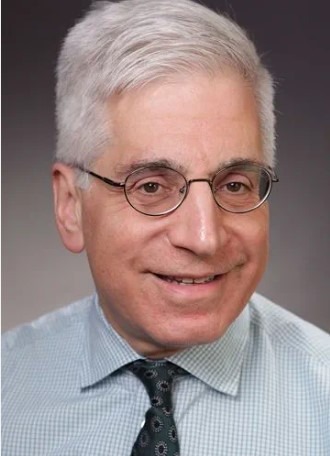
John P. Perenesis
Cincinnati Children's Hospital, USAJohn P. Perentesis, MD, FAAP, is a nationally recognized expert in the development of new drugs and molecular therapies for pediatric and young adult cancers and leukemia. His laboratory has developed novel anticancer drugs and discovered genes important in the growth of normal and malignant cells. His laboratory is also using tumor patients genomics research for personalizing therapies. In national efforts for new anticancer drug development, he serves in key roles for the National Cancer Institute’s Investigational Drug Steering Committee and the NCI-funded Children’s Oncology Group (COG). The COG is the world's largest children's cancer research entity.
In 2010, Dr. Perentesis was elected by pediatric oncologists from across the country to the national COG Executive Committee. He also serves as vice-chair for the COG Adolescent & Young Adult Cancer Steering Committee and as a member of the Hematology/Oncology and Institutional Performance Monitoring Steering Committees.
Dr. Perentesis has been elected by his peers for inclusion in the Best Doctors in America List since 1998.
John P. Perenesis
Cincinnati Children's Hospital, USA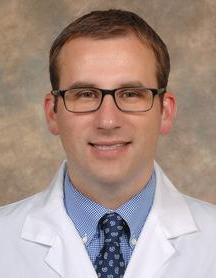
Anthony Mascia
University of Cincinnati, USAAnthony received his PhD from University of California, Los Angeles (UCLA) in medical physics, specializing in proton radiation detector development and uniform scanning optimization and delivery. Over the next 10+ years, Anthony worked as a medical physicist clinician, researcher and supervisor/lead at three proton therapy centers – Indiana University, ProCure Oklahoma City and Scripps Proton Therapy Center. In 2015, Anthony joined Cincinnati Children’s Hospital and University of Cincinnati as the Director of Medical Physics to open, operate and guide the Proton Therapy Center in Cincinnati Ohio. He’s co-authored over 25+ publications, 100+ abstracts and invited presentations, and member of several national and international working groups in proton therapy. Anthony is the scientific co-lead and operational lead of the research gantry and facility, that partners with researchers on biology, physics and engineering translational research. Anthony oversees the physics, technology, delivery and commissioning of the FLASH research program, which spans basic scientific and translational experiments to the first proton FLASH clinical trial (FAST-01).
Anthony Mascia
University of Cincinnati, USA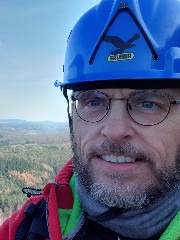
Frank Stephan
DESY, Zeuthen site, GermanyFrank Stephan
DESY, Zeuthen site, Germany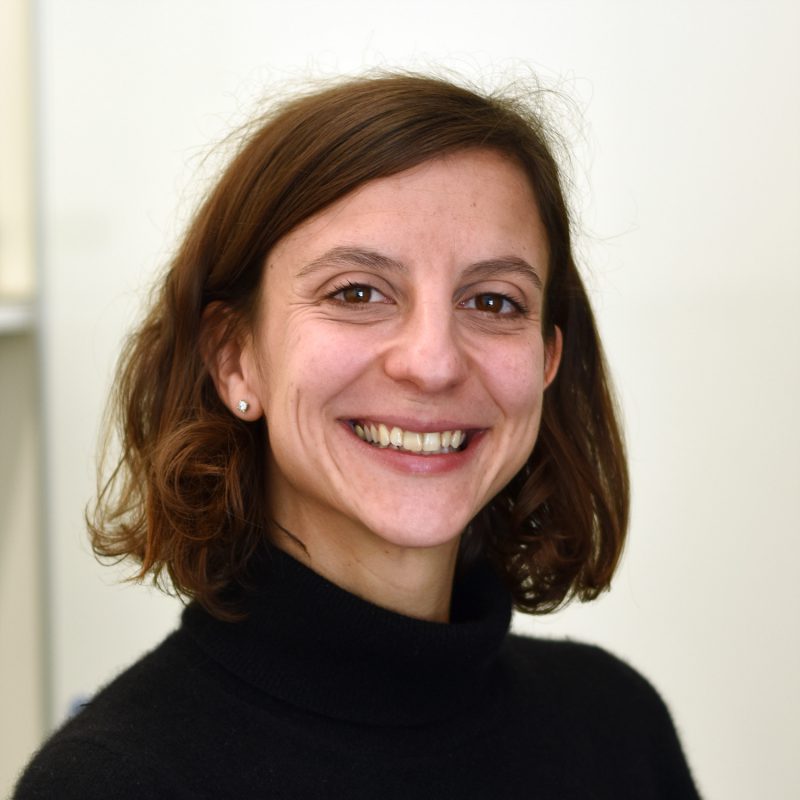
Lara Barazzuol
University of Groningen, the NetherlandsLara Barazzuol obtained her PhD in Radiation Biology in 2012 at the University of Surrey in the United Kingdom. She then held a 3-year postdoctoral position at the Genome Damage and Stability Centre, United Kingdom, in Professor Penny Jeggo’s laboratory, known for their world-leading research in DNA repair. This is where Lara developed her research interest of how the embryonic and adult brain respond to DNA damage. In September of 2016, Lara moved to the University Medical Center Groningen (UMCG) in the Netherlands to establish her own laboratory within the Department of Biomedical Sciences of Cells and Systems and the Department of Radiation Oncology.
Highlights from her career to date comprise several peer-reviewed articles and young investigator awards, including the 2012 Mercia Award in Medical Engineering, the 2015 British Institute of Radiology Nic McNally Award, the 2017 Adrian Begg Award and the 2017 Bas Mulder Award. Since 2016, Lara became a committee member of the British Association of Radiation Research. She is currently project leader on grants from ZonMW and KWF (Dutch Cancer Society).
Lara Barazzuol’s research focuses on assessing the effect of cancer treatment, radiotherapy and chemotherapy, on the brain. Her group primarily aims to achieve an improved understanding of radiotherapy-induced neurocognitive dysfunction. When using radiotherapy in the treatment of brain tumours, damage of normal brain tissue is an unavoidable side effect. This can severely compromise cancer patients’ quality of life by diminishing their neurocognitive function, especially in cases of childhood brain tumours. Similar neurological effects have also been seen after chemotherapy treatment for brain, but also non-intracranial, tumours. The underlying mechanisms are not fully understood and, at present, there is no effective treatment.
Lara Barazzuol’s lab, by using a combination of methodologies, including cerebral organoids and in vivo models, aims to understand the underlying biological mechanisms of cancer treatment-induced neurocognitive dysfunction; and, to investigate how genetic variation might contribute to neurocognitive outcome.
Her group is also interested in investigating how defects in DNA repair impact on human health, with particular focus on neurodegenerative diseases.
Lara Barazzuol
University of Groningen, the NetherlandsMarc-Jan van Goethem
University of Groningen, the NetherlandsMarc-Jan van Goethem
University of Groningen, the Netherlands
Stefan Bartzsch
Technical University of Munich, GermanyDr. Bartzsch studied physics at the University of Jena. He received his PhD at the University of Heidelberg in the field of medical physics and worked as a Postdoctoral Research Fellow at the Institute of Cancer Research in London. End of 2016 he moved to the “Klinikum rechts der Isar” of TUM and is leading an independent research team at the Helmholtz Centre Munich in the Institute for Radiation Medicine since 2018.
Dr. Bartzsch (*1986) conducts research in the field of experimental medical physics. Focus of his research is microbeam radiation therapy, an innovative treatment approach, which treats tumours with micrometer sized radiation field. This still preclinical method promises a substantial reduction of side effects known from conventional radiation therapy. In this interdisciplinary area of research, Dr. Bartzsch and his team develop novel x-ray sources and investigate the radiobiological causes for the efficacy of microbeam radiation therapy.
Stefan Bartzsch
Technical University of Munich, Germany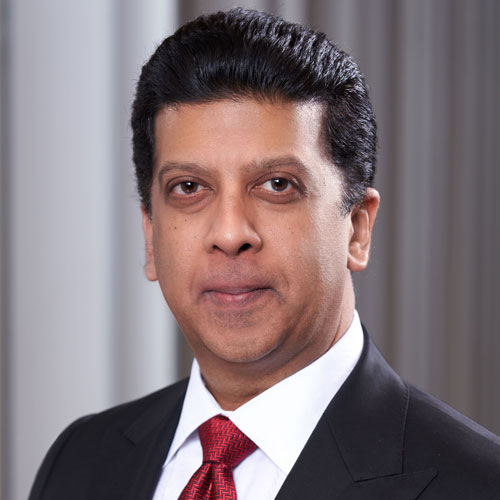
Arnab Chakravarti
The Ohio State University, USAI am professor and chair of the Department of Radiation Oncology at The Ohio State University, where I also hold the Klotz Chair in Cancer Research and direct the Brain Tumor Program. I was named to the Castle Connolly list of “America's Top Doctors” from 2012-2019.
A member of the Translational Therapeutics Program at the OSUCCC – James, I focus on translational cancer research to identify novel biomarkers that are predictive of treatment efficacy and survival, and to uncover molecular and genetic mechanisms of treatment resistance to advance care of cancer patients. Under my leadership with the National Cancer Institute-supported Radiation Therapy and Oncology Group Brain Tumor/NRG Translational Research Subcommittee and Brain Tumor Committee, my team’s studies have defined the standard of care for patients with central nervous system (CNS) tumors.
My lab was among the first to report that the dysregulation of PI3K/AKT signaling is associated with radiation resistance in glioblastomas. It also was the first to identify that dysregulation of PI3K signaling is significantly associated with adverse clinical outcomes in GBM patients. These findings led to some of the first clinical studies to combine radiotherapy with kinase inhibitors targeting this pathway.
Additionally, I have published more than 120 articles in leading scientific and medical journals, including The New England Journal of Medicine, Journal of the American Medical Association, Cancer Cell and Journal of Clinical Oncology. I have delivered numerous distinguished lectureships in the United States, Asia and Europe on cutting-edge therapies for cancer patients and have received more than two dozen national and international awards for outstanding clinical care and landmark research accomplishments.
My approach is to personalize cancer care by investigating strategies that are most effective to individual patients through genetic and molecular profiling instead of using the “one glove fits all” approach that is more commonly used in cancer care. In Ohio State’s cancer program, we appreciate that every patient is unique and requires targeted strategies for optimal personalized care.
Arnab Chakravarti
The Ohio State University, USA